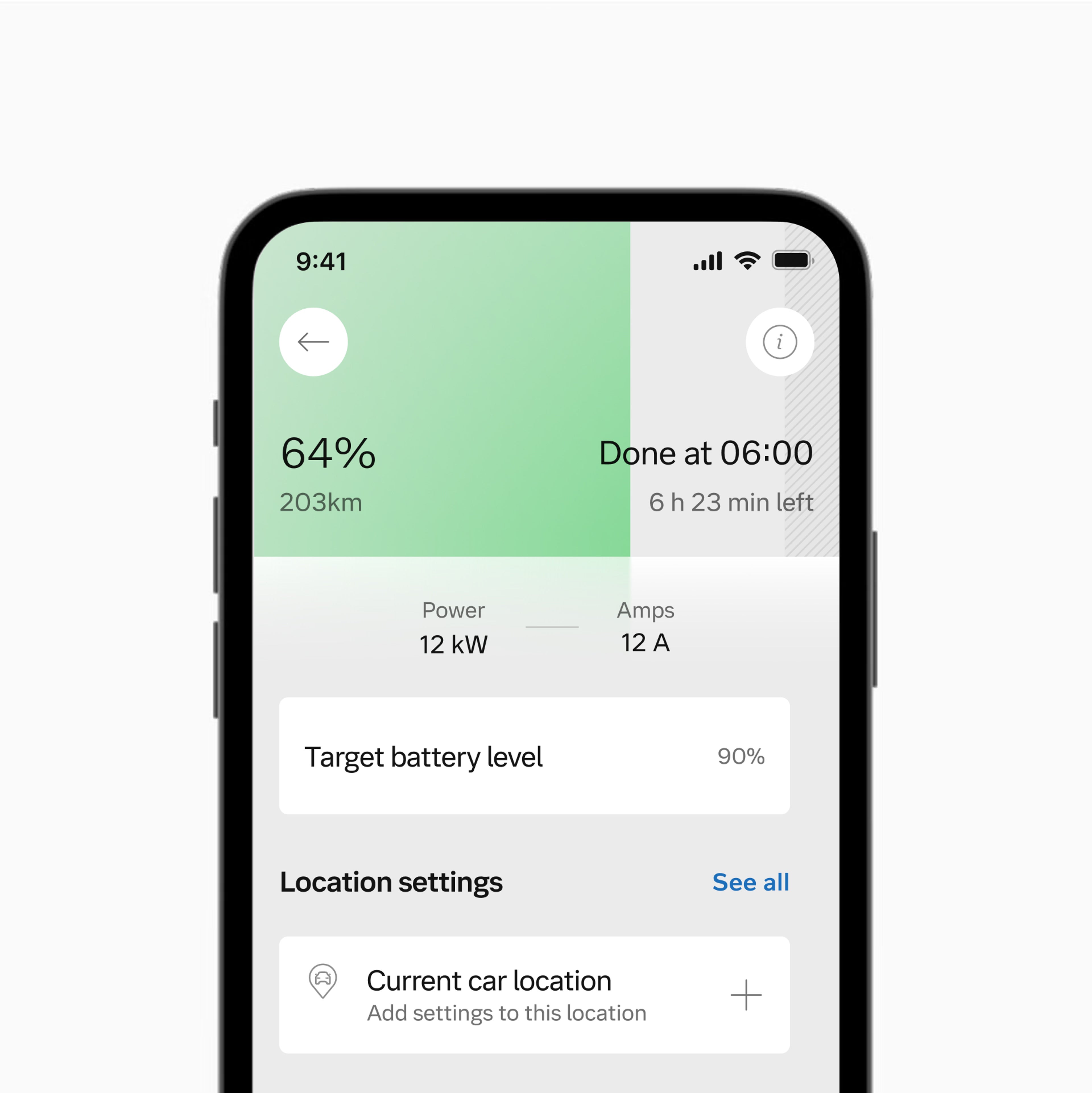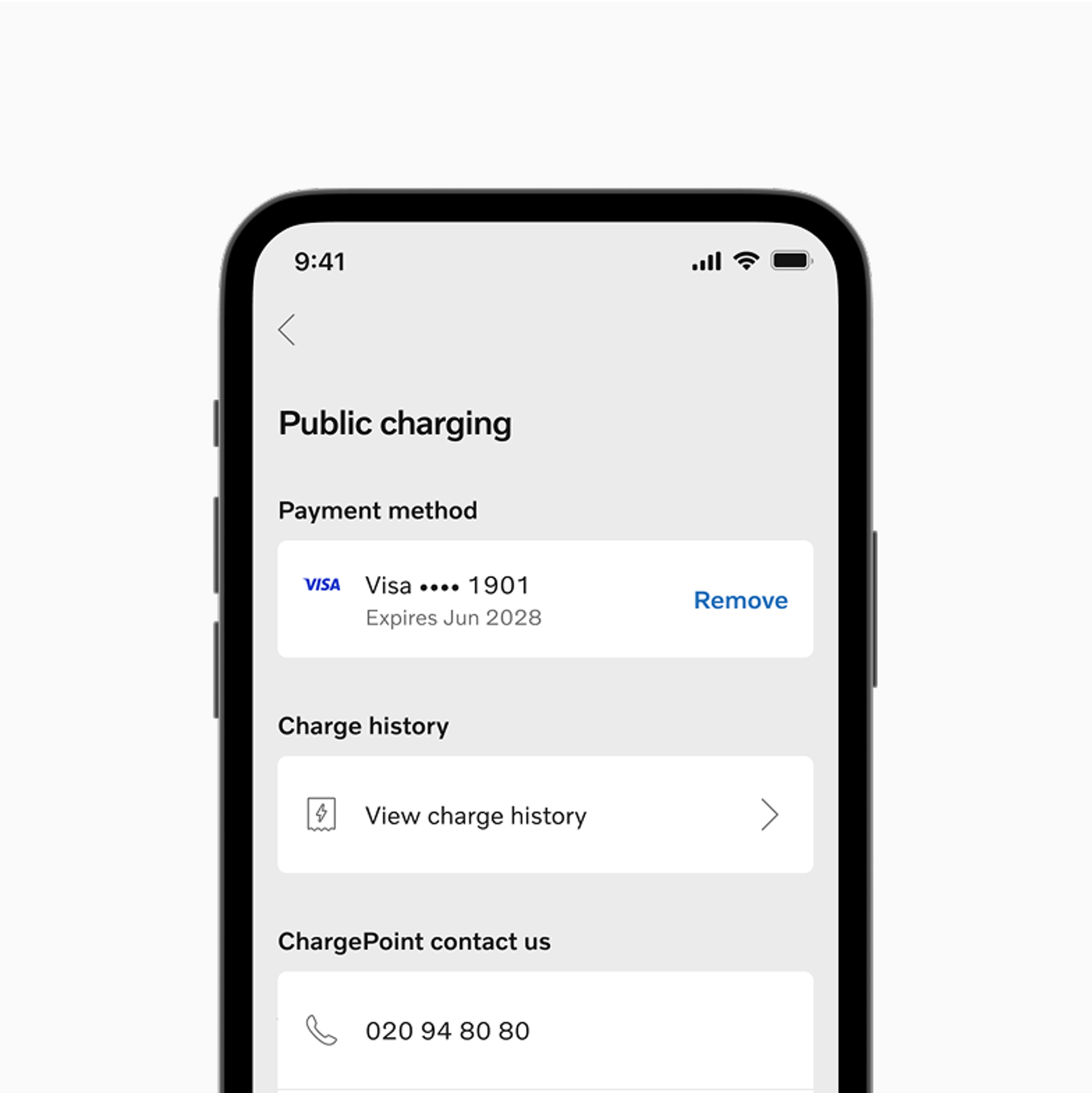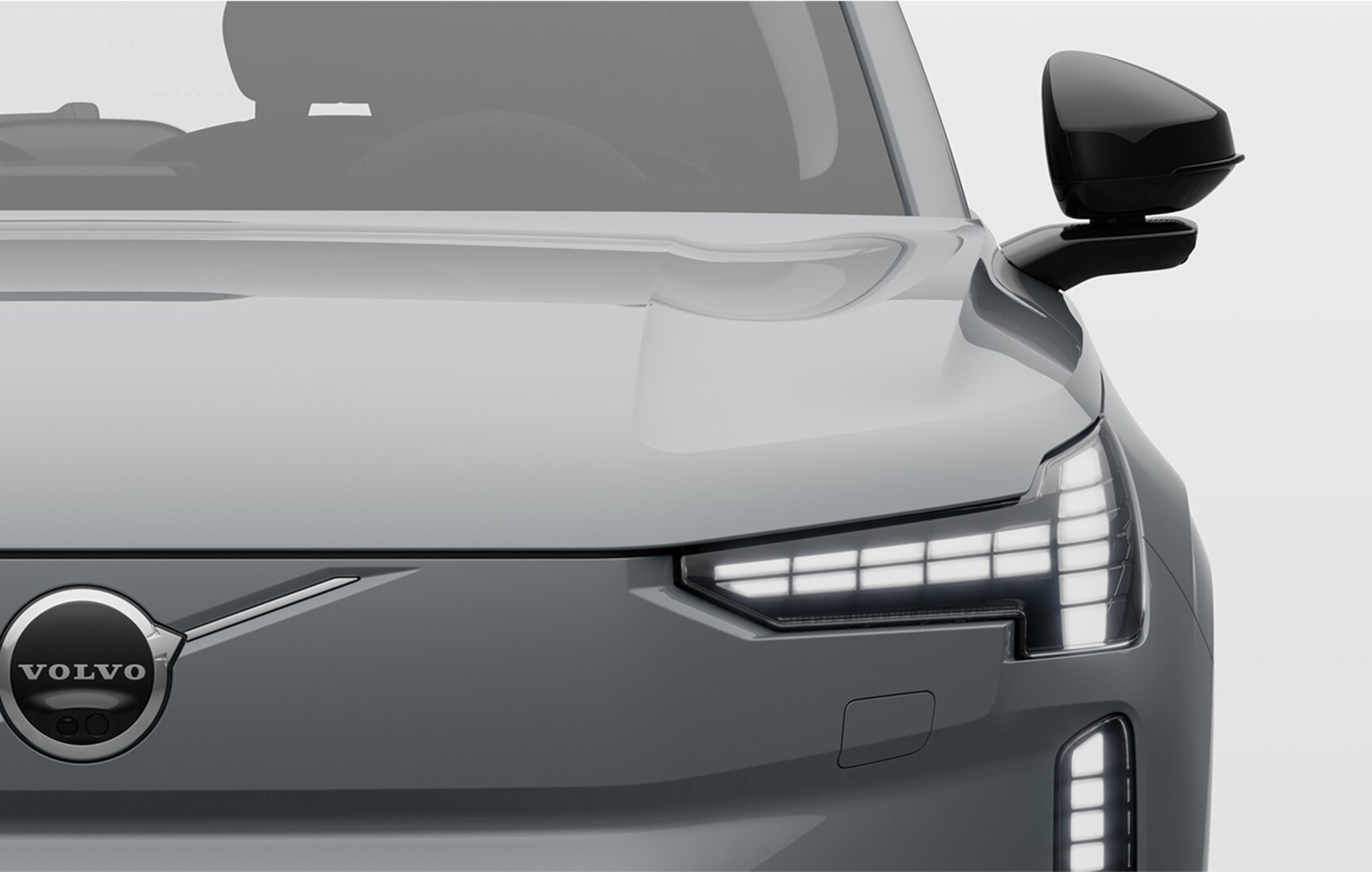How to charge your Volvo electric car
Electric vehicle charging is easy. Charge at home with a quick and intelligent wallbox installed on your driveway, at a public charger outside your favourite restaurant, or at a rapid charging station on road trips. It’s convenient, too. The Volvo Cars app allows you to schedule charging sessions, locate public charging stations, and even handle payments.
How to use a charging station
Arrive at a charging station
Park your car with the charging port within reach of the charging cable
Connect the cable
Insert the charging cable into the charging port of your car
Start charging
Follow the instructions in your preferred app or the charging station itself
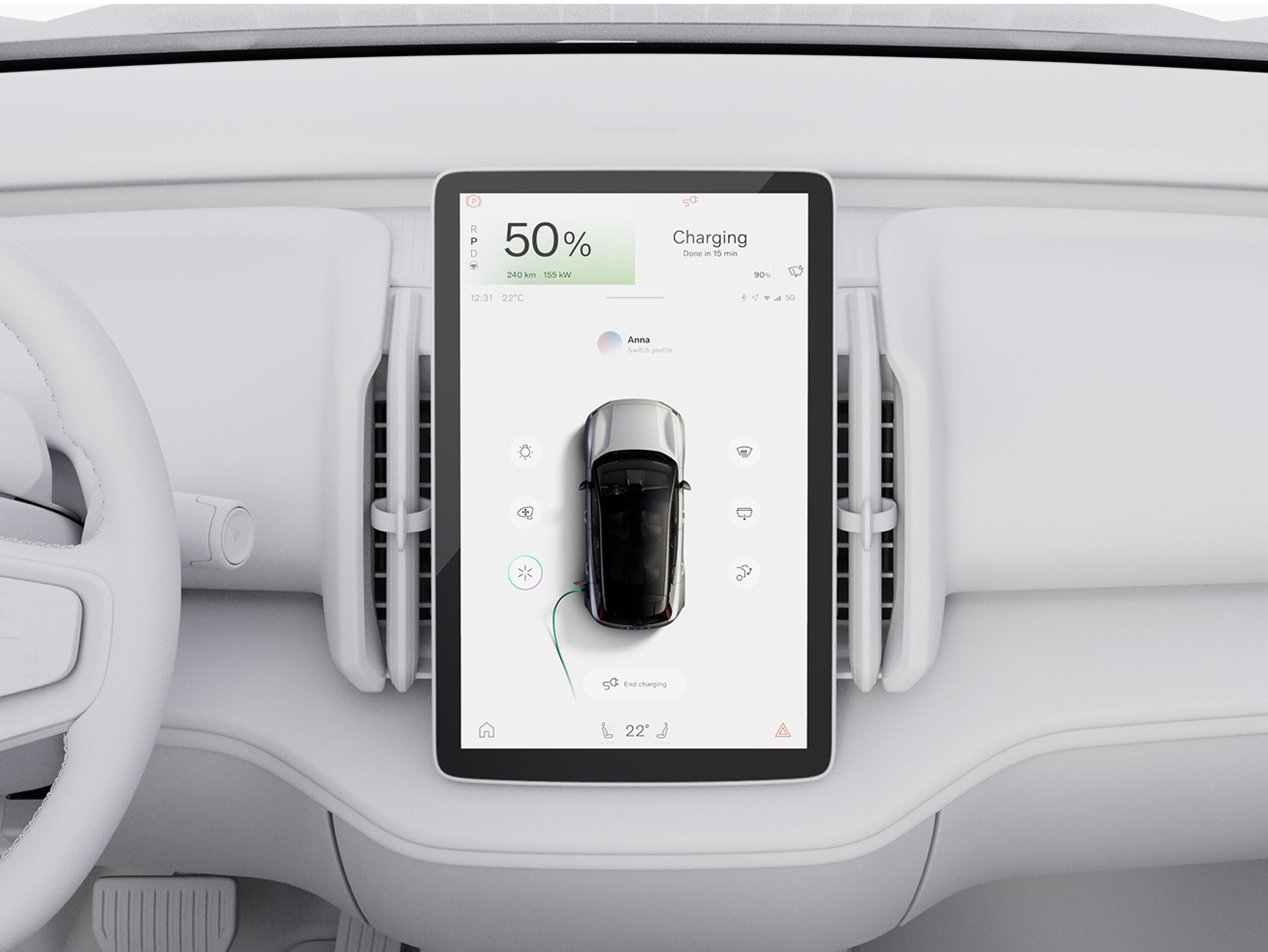
Charging compatibility for your Volvo
Public chargers are categorised as rapid chargers or destination chargers. Rapid chargers offer the fastest way to charge your car, while destination chargers typically top up your electric car in a few hours. Fully electric Volvo cars and plug-in hybrids are compatible with all destination chargers. In Europe, our fully electric cars are compatible with rapid chargers that use the CCS standard, including Tesla Superchargers. In your fully electric Volvo, both Google Maps on the in-car navigation and the Volvo Cars app can show which charge points have the right plug for your car.
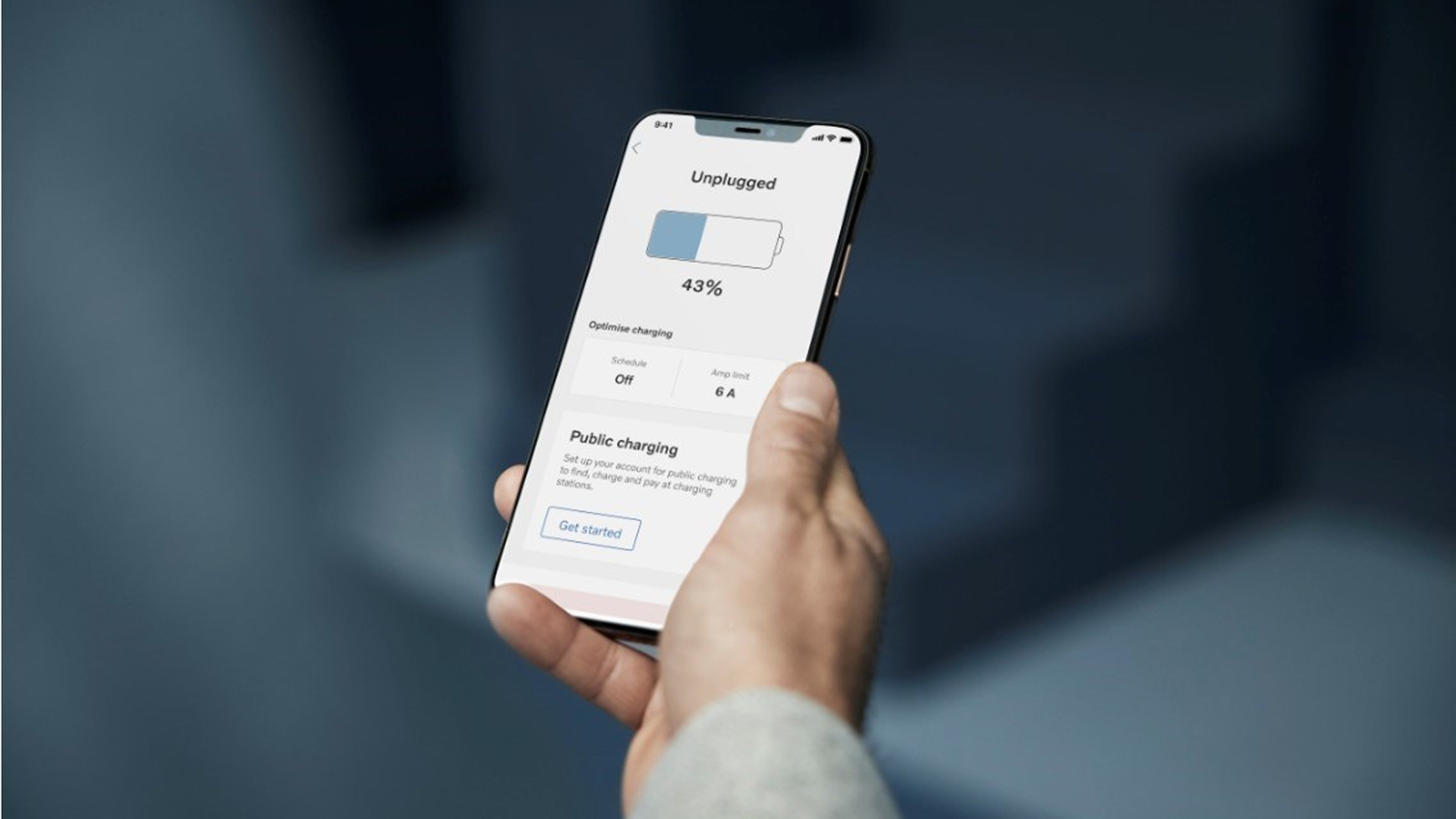
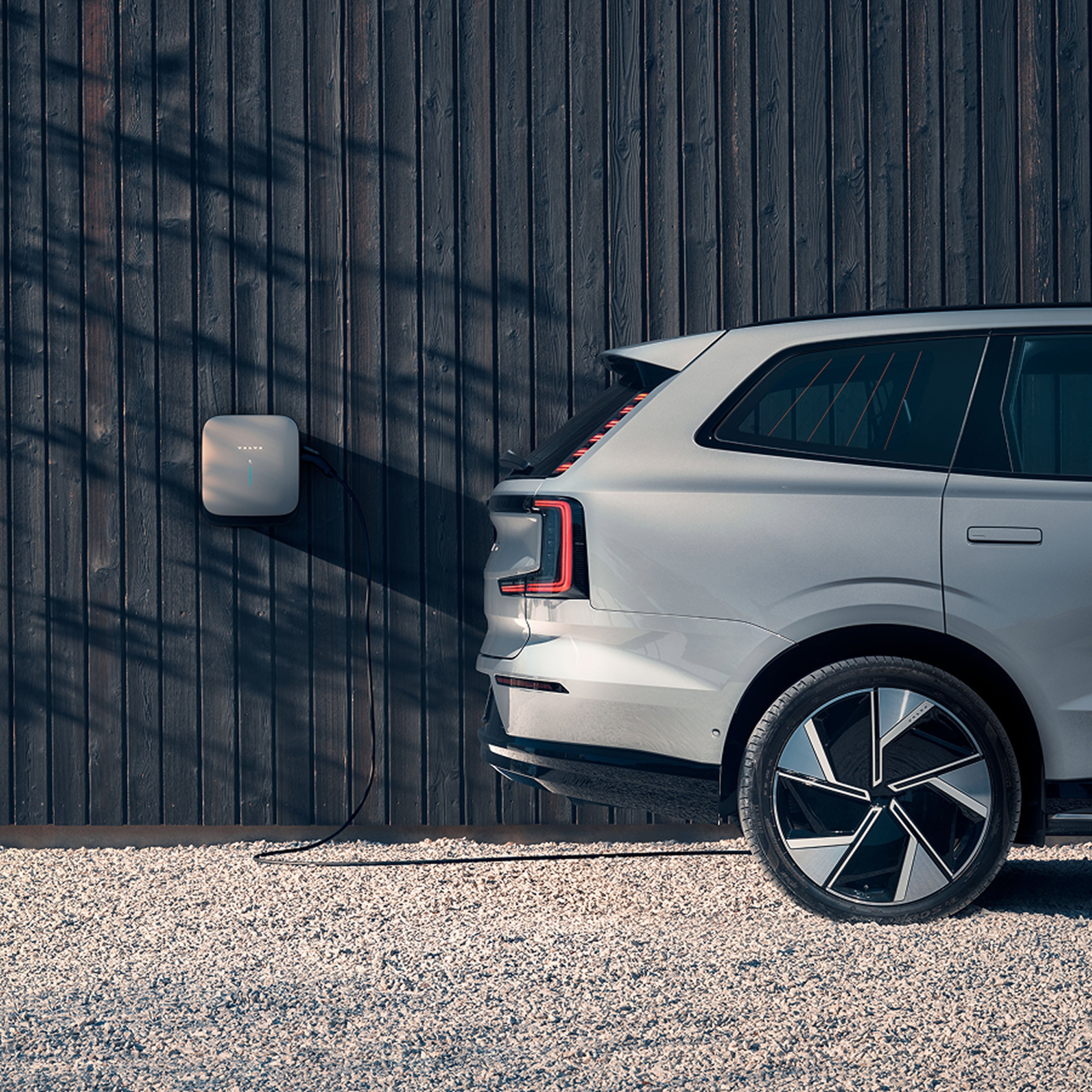
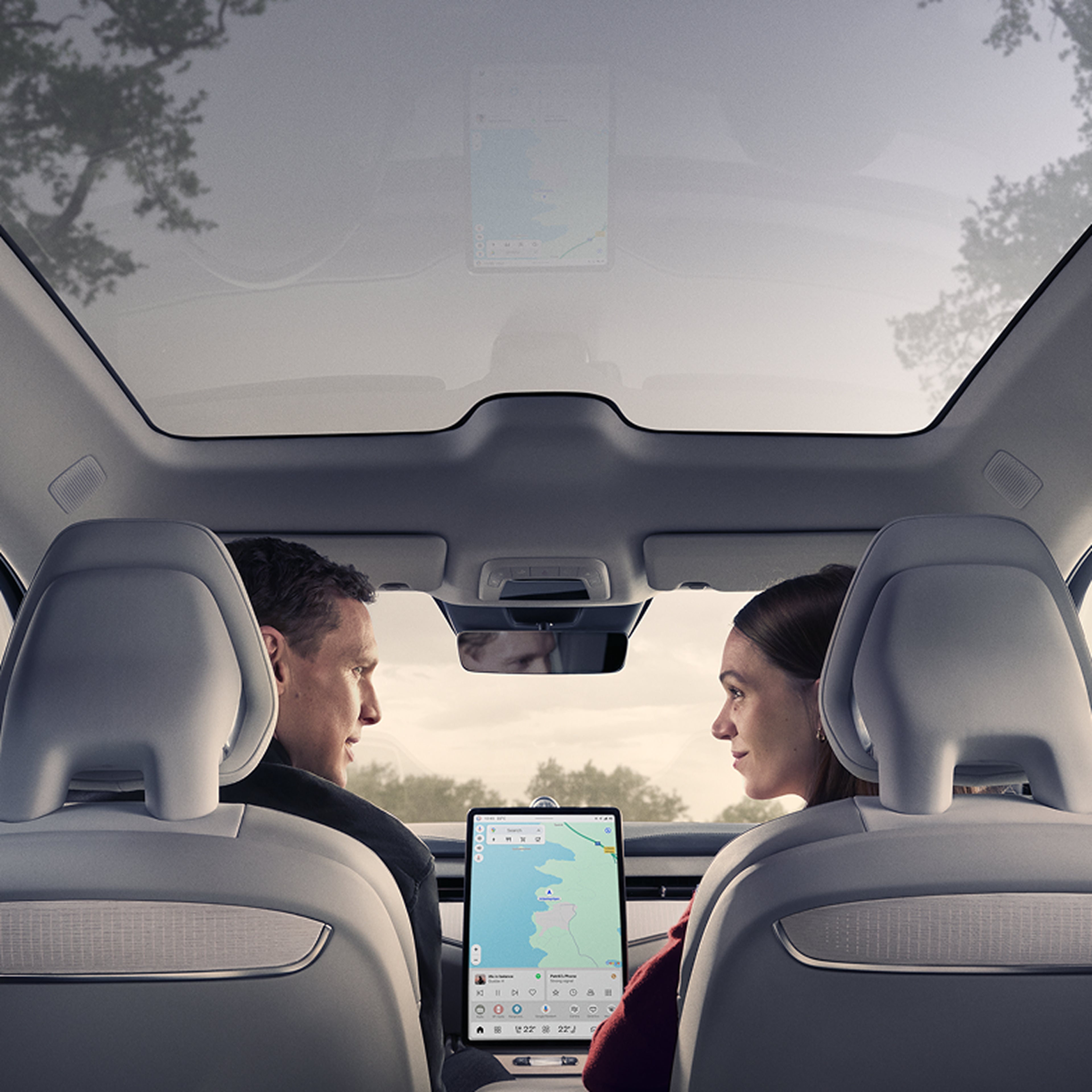
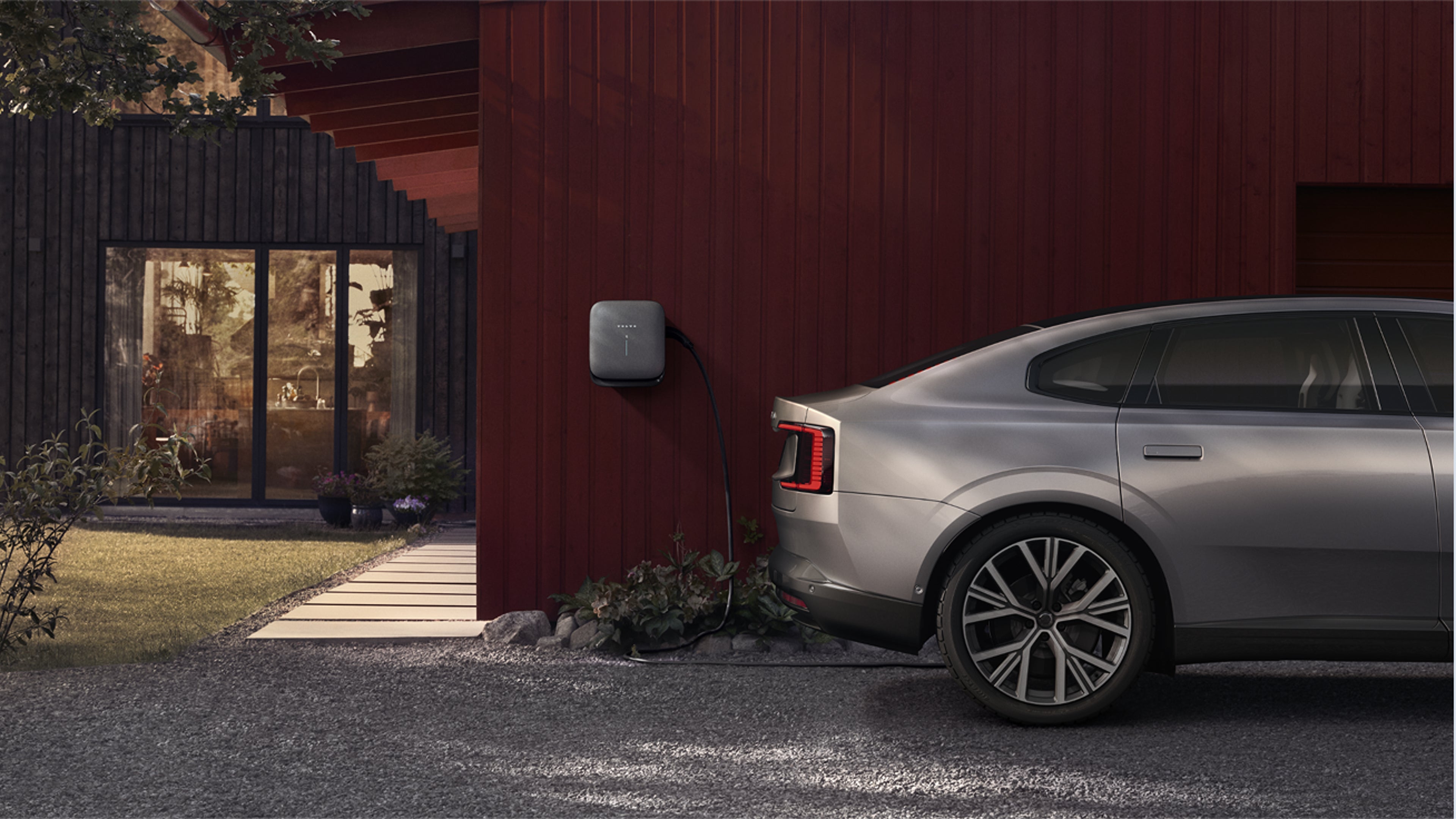
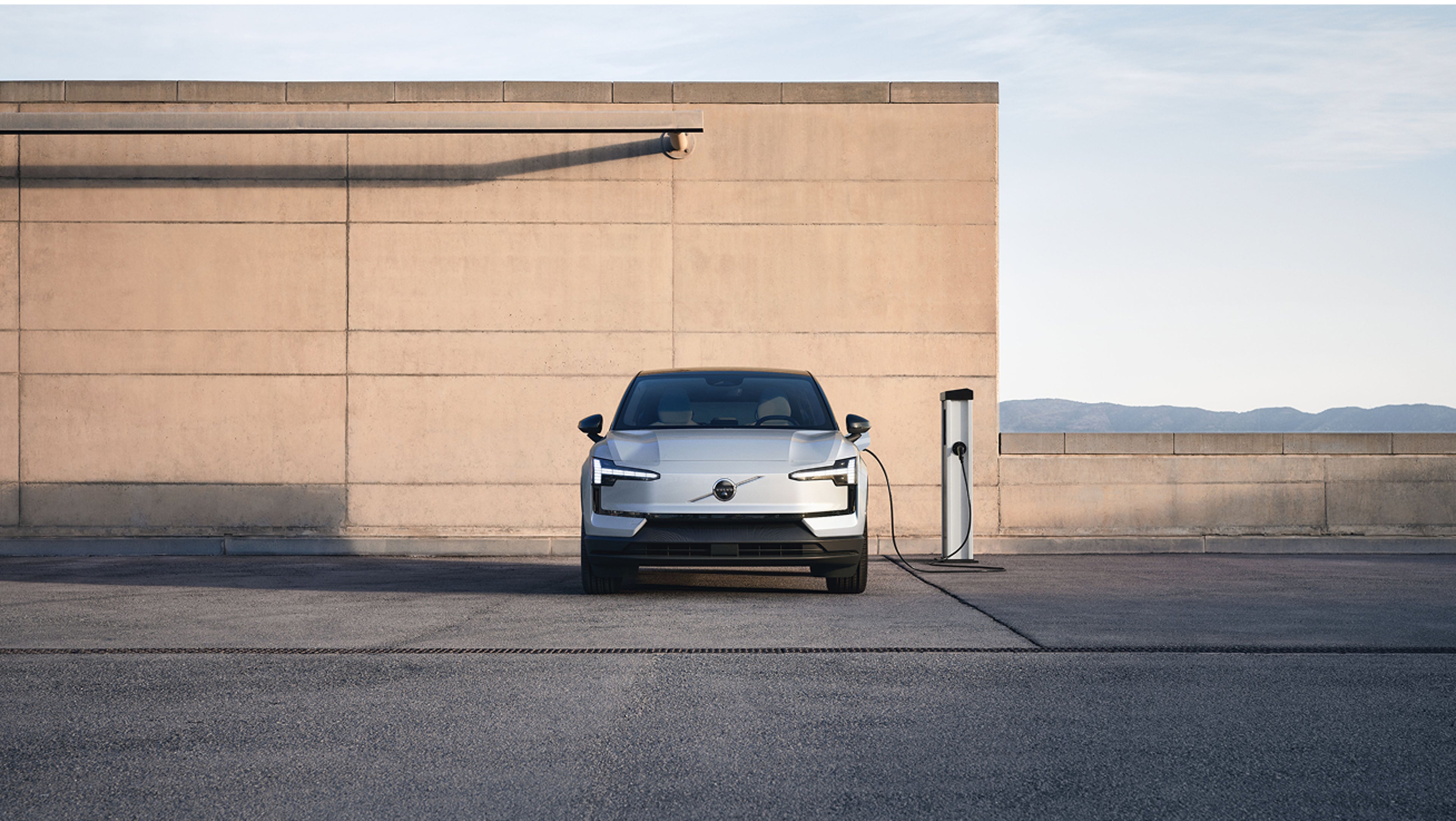
.png?branch=prod_alias&quality=85&format=auto&iar=0&w=3840)
